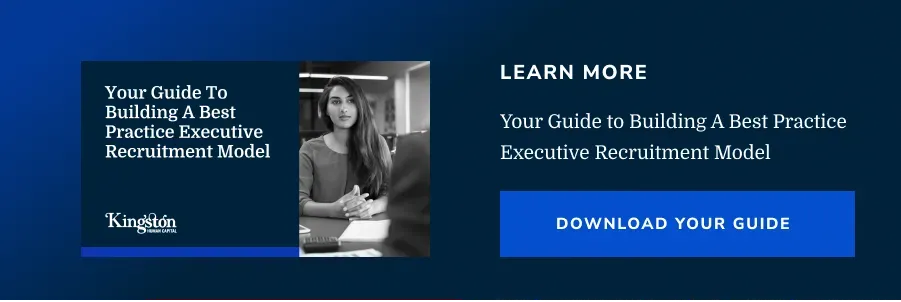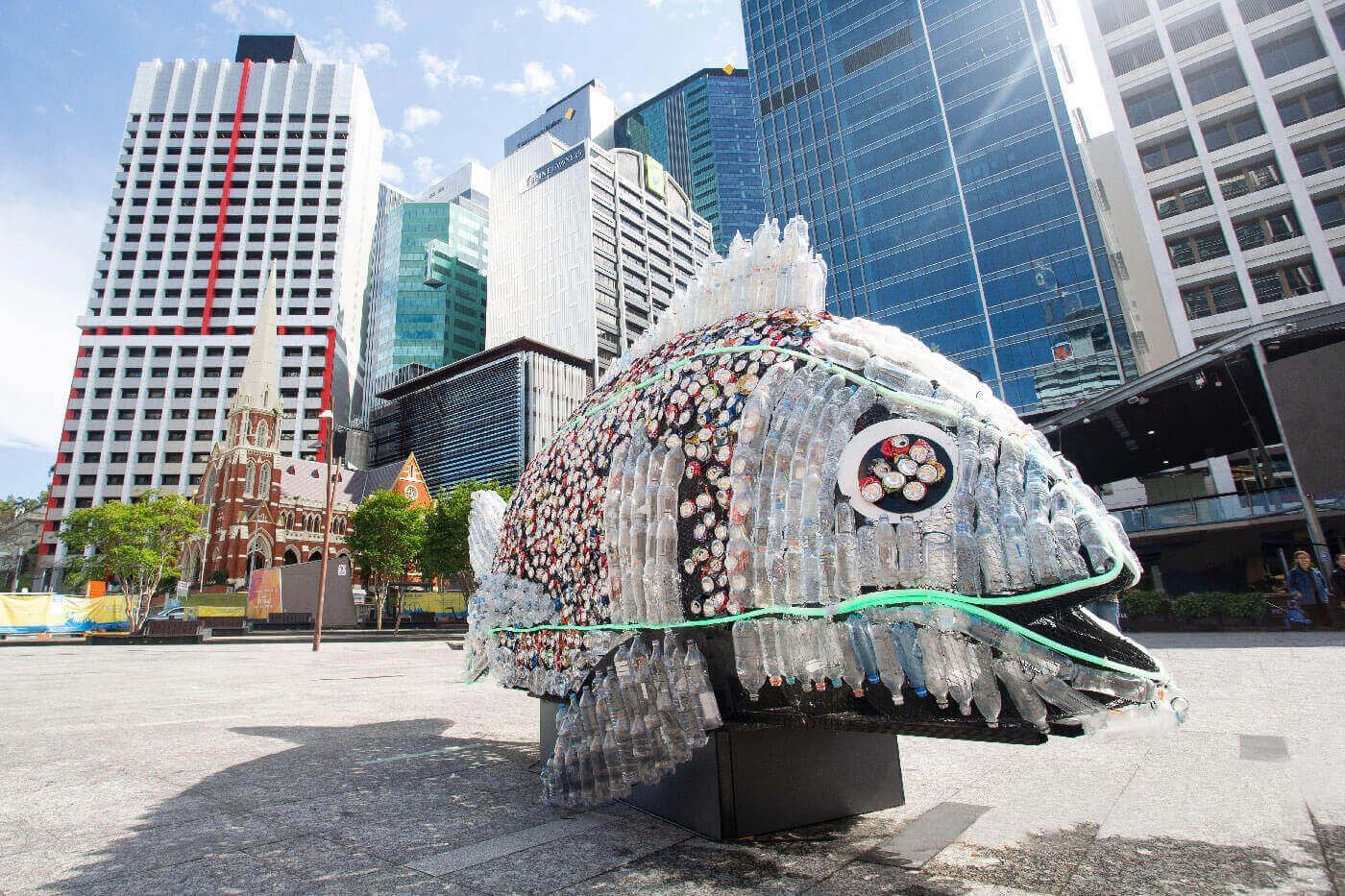How To Create An Excellent Candidate Experience
Have you ever stopped to think about the experience people have when they apply for a job with your organisation?
Just as customer experience is central to modern marketing, candidate experience is a critically important (yet often overlooked) aspect of recruitment.
Most organisations, leaders and hiring managers are so busy with their ‘business as usual’, they may have never considered the candidate experience they are curating.
Here’s the thing - whether you like it or not, when there is a recruitment process, there is a candidate experience.
It’s not something you chose to provide or not. It simply is.
So, let’s explore what a good candidate experience looks like (and identify some things that might be considered a poor candidate experience).
4 simple ways to create a positive candidate experience
1. Clear communication at every touch point
From the job description to the job advertisement and every email, phone call and message, be straightforward, positive and clear.
If someone’s profile doesn’t seem to be a match - be up front and tell them so! If the salary you have on offer isn’t aligned with their expectations, be honest about that.
Even if someone isn’t a good fit, communicate with them in a professional and positive manner and leave a good impression.
Think about how your job advertisement will make people feel. Aim to write a job description that will engage and inspire people (rather than a shopping list or ‘wanted’ ad style of communication that focuses on all the things you want your new employee to be and have.
Recruitment is a two way street and the start of a professional relationship: Let your communication reflect that mutual respect.
2. Don’t forget your manners
Common courtesy will never get old.
Be respectful and don’t forget how ‘big’ the little things can be.
Work is an incredibly important part of most people’s lives - it gives us a sense of meaning, belonging and purpose.
If a job is an important relationship in life, how that relationship begins will leave a lasting impression.
Who you work for - and how they treat you - is massive.
Best practice communication and engagement during a recruitment process includes responding to every applicant. This is one of the worse-managed aspects of recruitment and candidate experience.
It’s pretty straightforward and not very complicated to explain: Respond to every applicant. Plain and simple.
When you’re involved in an interview process, don’t run late. Leaving someone waiting in reception (or on a video call) sends a message that that person is not important (and that you’re disorganised).
Similarly, don’t turn up to an interview having not read the CV and/or application. This sends the same ‘you are not important’ message. Everyone is busy. If you have to read the CV in the lift or Uber, do that - make it happen.
How you conduct yourself during an interview process speaks volumes about how you treat employees and teammates in general.
Be kind and respectful, always.

3. Be honest and authentic
Like most situations in life, honesty is the best policy.
No job, team or employer is perfect and it’s no secret that people respond to authenticity.
In all of your communication and conversations during a recruitment process, try to ‘keep it real’.
Quite often, making a good impression is more about how you communicate more than what you say).
And what’s more - don’t shy away from talking about the challenges that lie ahead. Top talent want to know about challenges.
Don’t forget that making a good impression and being authentic costs nothing.
4. Make it personal
While you’re remembering your manners, don’t forget to make an effort to personalise your email communication whenever possible.
Personalised email communication is super simple yet super powerful. Most modern recruitment software enables personally-addressed emails, even if the body of the email is a template.
At the very least, if you’re managing hundreds of applications and need to send bulk emails, use the features available to make your communication as personal as possible.
As for template emails, they don’t have to be heartless and cold.
No one likes receiving a rejection email. Investing a little bit of time, effort and personality into thoughtful email communication could go a long way (and make someone’s day).
Following an interview, ensure you provide personalised, meaningful and constructive feedback, especially to candidates who are not progressing to the next round. Wherever possible, post-interview feedback should be provided in a phone call (not email).
A positive candidate experience includes acknowledging the time and effort that candidates invest in an interview process.
As you can see, a positive candidate experience is all about communication and engagement. It’s not rocket science, but it does take time and commitment.
What does your organisation’s candidate experience look like? Is it time to lift your game?
Candidate experience during the recruitment process is an important part of your employer brand and can have a significant impact (either positive or negative).
Remember, candidates are customers, too.








